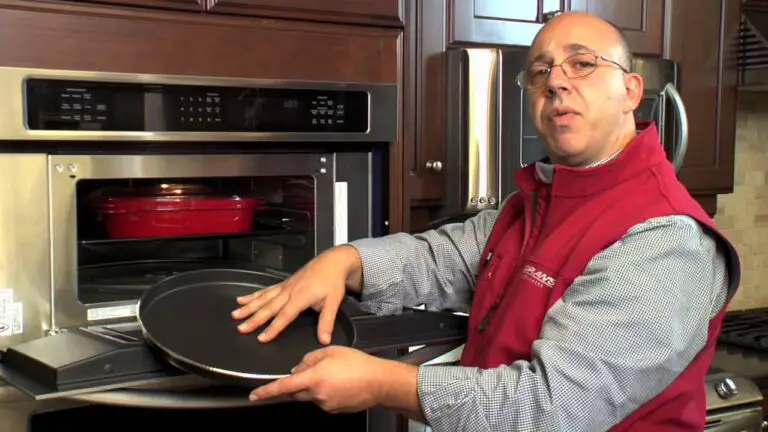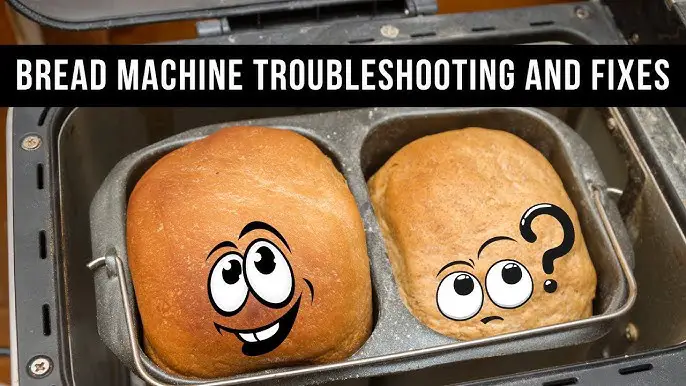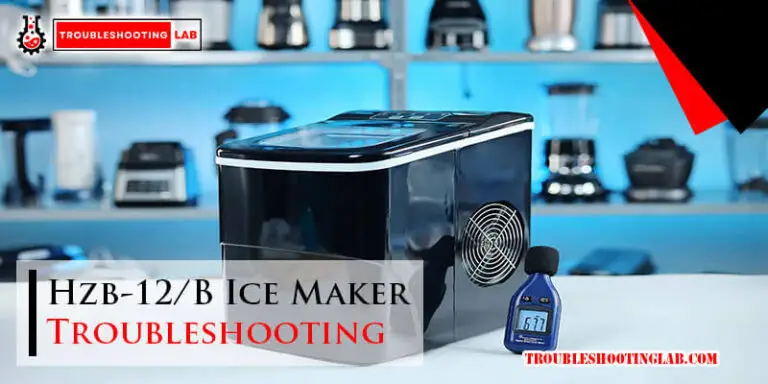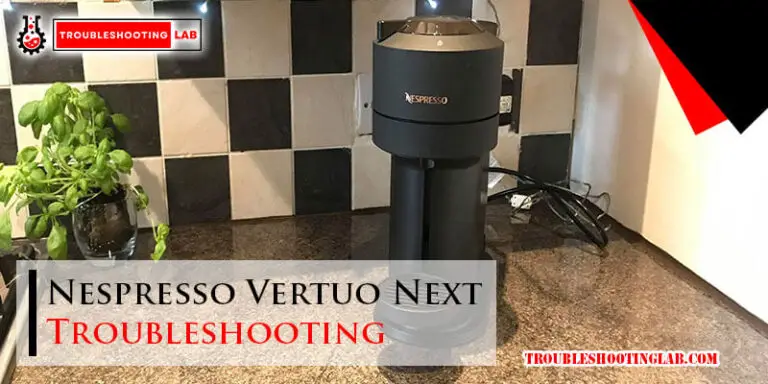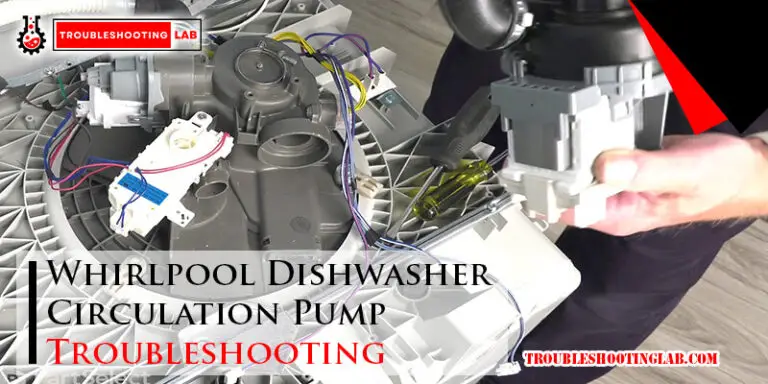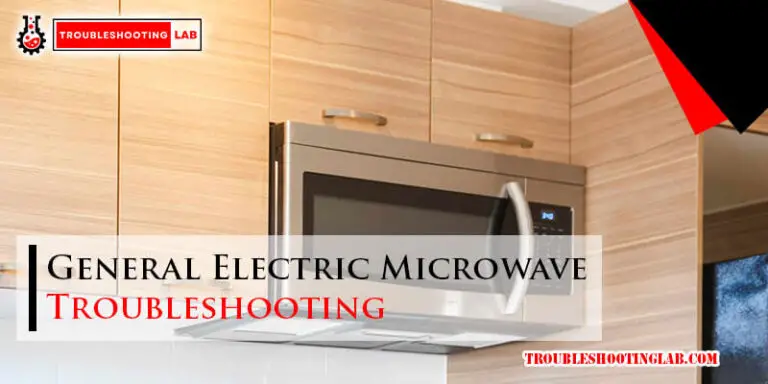True Refrigerator Troubleshooting Manual: Ultimate Guide to Fixing Issues
The True Refrigerator Troubleshooting Manual provides step-by-step guidance for diagnosing and fixing common issues. It ensures your refrigerator runs smoothly and efficiently.
True refrigerators are known for their durability and reliability in both commercial and residential settings. Despite their robust design, issues can still arise over time, affecting performance. This troubleshooting manual aims to help users quickly identify and resolve common problems.
By understanding basic troubleshooting techniques, you can save time and potentially avoid costly repairs. Whether you’re dealing with temperature inconsistencies, unusual noises, or electrical issues, this guide provides clear instructions to get your refrigerator back in top condition. Regular maintenance and timely troubleshooting can extend the lifespan of your True refrigerator, ensuring optimal performance.
Cooling Problems
Experiencing cooling problems with your True Refrigerator can be frustrating. This section will help you troubleshoot common cooling issues. Follow these steps to ensure your fridge works optimally.
Fridge Not Cooling
If your fridge is not cooling, it might be due to several reasons:
- Check if the fridge is plugged in and the power is on.
- Ensure the thermostat is set to the correct temperature.
- Inspect the condenser coils for dust and debris. Clean them if necessary.
- Examine the door seals for any gaps or tears. Replace if damaged.
- Verify that the evaporator fan is working properly.
These steps can resolve many cooling issues. If the fridge still doesn’t cool, it might need professional service.
Inconsistent Temperature
An inconsistent temperature can spoil your food. Here are some tips to fix it:
- Make sure the fridge is not overfilled. Air needs to circulate.
- Check if the air vents inside the fridge are blocked.
- Inspect the door seals for any damage. Replace if necessary.
- Ensure the thermostat sensor is not touching any food items.
- Monitor the ambient temperature. Extreme room temperatures can affect cooling.
These solutions can help maintain a consistent temperature. Consistency is key for food preservation.
Noise Issues
True refrigerators are known for their reliability. But sometimes, they can make unusual noises. This section helps you identify and fix these noise issues. Knowing what to listen for can save you time and money.
Loud Noises
Loud noises can be alarming. They often indicate a problem. Follow these steps to troubleshoot:
- Check if the refrigerator is level. An uneven surface can cause noise.
- Inspect the fan blades. They should be clean and free of obstructions.
- Look at the compressor. Vibrations can create loud noises.
If these steps don’t help, consult the manual. You may need a professional’s help.
Humming And Buzzing Sounds
Humming and buzzing sounds are common. They usually come from the compressor or fan.
| Sound | Possible Cause | Solution |
|---|---|---|
| Humming | Compressor running | This is normal. No action needed. |
| Buzzing | Fan issue | Clean the fan blades. |
If the buzzing continues, check the refrigerator’s placement. It should not touch the wall. This can amplify the sound.
Water Leakage
Water leakage in your True Refrigerator can be a frustrating issue. It can damage your kitchen floor and spoil your food. Let’s dive into identifying and fixing the leak.
Identifying The Source
First, find out where the water is coming from. Here are common sources:
- Drain Pan: Check if the drain pan is overflowing.
- Water Filter: Inspect the water filter for leaks.
- Defrost Drain: Ensure the defrost drain is not clogged.
- Door Gaskets: Examine the door gaskets for damage.
Use a flashlight to see better. Clean the area around the leak for a clearer view.
Fixing The Leak
Once you know the source, you can fix the leak. Follow these steps:
| Problem | Solution |
|---|---|
| Overflowing Drain Pan | Empty and clean the drain pan. |
| Leaky Water Filter | Replace the water filter. |
| Clogged Defrost Drain | Unclog the drain with warm water. |
| Damaged Door Gaskets | Replace the door gaskets. |
Fixing these issues can stop the water leakage. If the problem persists, consider calling a professional.
Ice Maker Malfunctions
Experiencing issues with your ice maker can be frustrating. Understanding common problems can help resolve them quickly. This section covers typical malfunctions and troubleshooting tips.
Ice Maker Not Working
Is your ice maker not working? There are several reasons why this might happen. Here are some potential causes and solutions:
- Power Connection: Ensure the ice maker is plugged in and switched on.
- Water Supply: Check if the water line is connected and open.
- Ice Maker Switch: Make sure the ice maker switch is in the “on” position.
- Ice Jam: Inspect for ice jams in the dispenser chute.
- Filter: Replace the water filter if it’s clogged.
If none of these solve the issue, you may need professional assistance.
Ice Dispenser Problems
Ice dispenser problems can disrupt your daily routine. Here are common issues and how to fix them:
- Ice Not Dispensing: Ensure the ice bin is correctly installed.
- Crushed Ice Instead of Cubes: Check the ice type selector switch.
- Ice Clumps: Break up ice clumps in the bin.
For persistent issues, consult the True Refrigerator troubleshooting manual or seek help from a technician.
Electrical Problems
Dealing with electrical problems in your True refrigerator can be daunting. Knowing how to troubleshoot can save you time and money. This section will guide you through common electrical issues.
Power Supply Issues
First, check if your refrigerator is receiving power. Ensure the refrigerator is plugged in properly. A loose plug can cause intermittent power loss.
Verify that the outlet is working. Use a voltage tester to check if the outlet provides power. If the outlet is faulty, it may need replacement.
Inspect the power cord for damage. A frayed or broken cord can cause electrical issues. Replace the cord if you find any damage.
Circuit Breaker Trips
Frequent tripping of the circuit breaker can be a sign of a problem. Check if the refrigerator is on a dedicated circuit. Sharing circuits can overload and trip the breaker.
Inspect the breaker panel. Reset the breaker and see if it trips again. If it does, there might be a short circuit or overload issue.
Examine the refrigerator’s internal wiring. Look for loose connections or damaged wires. Repair or replace any faulty wiring.
| Issue | Possible Cause | Solution |
|---|---|---|
| No Power | Loose Plug | Ensure plug is secure |
| No Power | Faulty Outlet | Test and replace outlet |
| Circuit Breaker Trips | Overloaded Circuit | Use a dedicated circuit |
| Circuit Breaker Trips | Short Circuit | Inspect and repair wiring |
By addressing these common electrical problems, you can keep your True refrigerator running smoothly. Always remember to prioritize safety when working with electrical components.
Credit: www.reddit.com
Door Seal Issues
True refrigerators are renowned for their durability. But like any appliance, they can face issues. One common problem is with door seals. Faulty door seals can lead to energy loss and cooling problems. This section will help you inspect and replace door seals efficiently.
Inspecting Door Seals
To begin, inspect the door seals for any cracks, tears, or gaps. A broken seal can cause cold air to escape. This makes the refrigerator work harder. Use a dollar bill to check the seal. Close the door on the bill and try to pull it out. If it slides out easily, the seal may be faulty. Perform this test around the entire door.
Next, clean the door seals. Dirt and grime can prevent a proper seal. Use warm, soapy water and a soft cloth to clean. Be gentle to avoid damaging the seal. After cleaning, dry the seals thoroughly. This simple step can sometimes fix minor issues.
Replacing Door Gaskets
If cleaning and inspection reveal a faulty seal, it’s time to replace the gasket. First, purchase the correct gasket for your True refrigerator model. Check the model number inside the fridge.
To remove the old gasket, start at one corner. Pull it away from the door gently. Continue until the entire gasket is removed. Clean the area where the new gasket will go. Remove any leftover adhesive or debris.
Install the new gasket by pressing it into the groove. Start at the top and work your way down. Ensure it fits snugly all around. Use a hairdryer to soften the gasket if needed. This helps it fit better and form a tight seal.
After installation, perform the dollar bill test again. This ensures the new gasket is working properly.
Frequently Asked Questions
Why Is My True Fridge Not Getting Cold?
Your True fridge may not be getting cold due to a faulty thermostat, dirty condenser coils, or blocked air vents. Check these components to diagnose the issue. Regular maintenance helps prevent cooling problems.
Why Does My True Refrigerator Compressor Keep Running?
Your True refrigerator compressor keeps running due to a dirty condenser coil, incorrect temperature setting, or faulty door seal. Regular maintenance can help resolve this issue.
Where Is The Thermostat On A True Refrigerator?
The thermostat on a True refrigerator is usually located inside the unit, behind the control panel or near the evaporator coil.
How Do You Clean A True Refrigerator Coil?
To clean a True refrigerator coil, unplug the unit, remove the grill, use a brush or vacuum to remove dust.
Why Is My True Refrigerator Not Cooling?
Check if the condenser coils are clean. Dirty coils can hinder cooling efficiency.
Conclusion
Maintaining your True refrigerator is crucial for its longevity. Follow the troubleshooting tips to ensure optimal performance. Regular maintenance helps prevent costly repairs and extends the unit’s life. Keep this manual handy for quick reference. Proper care guarantees your refrigerator stays efficient and reliable for years to come.

